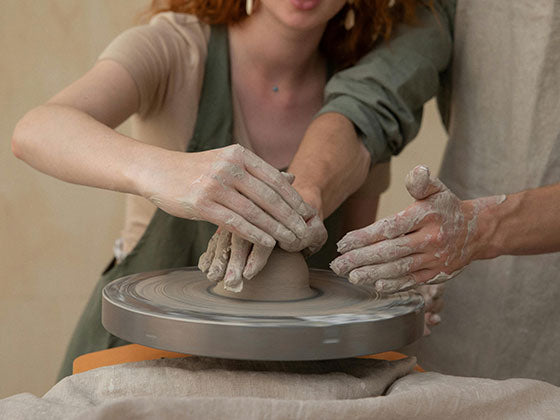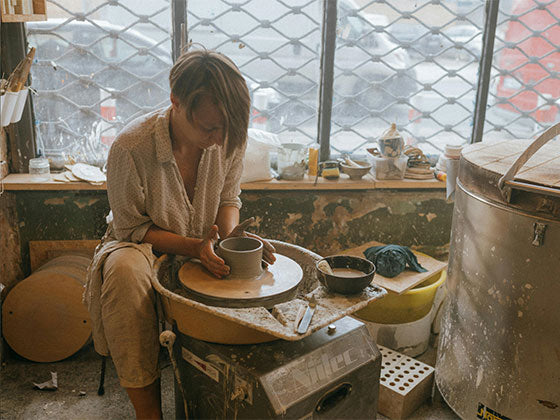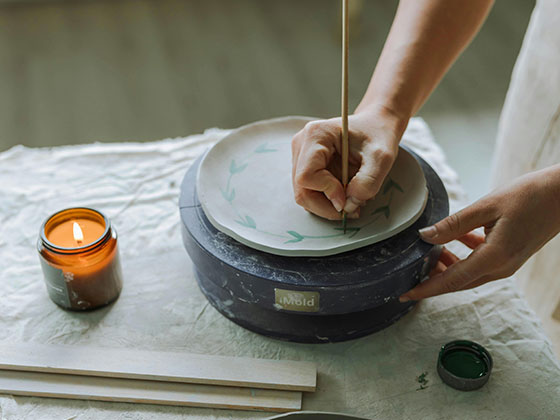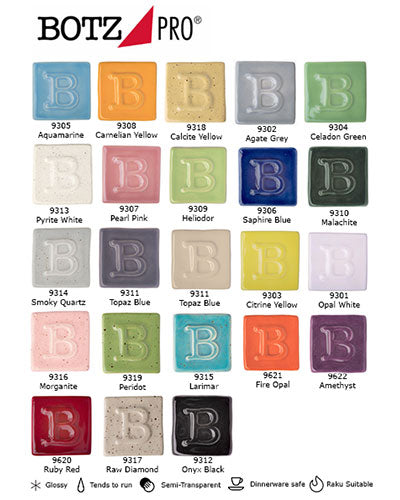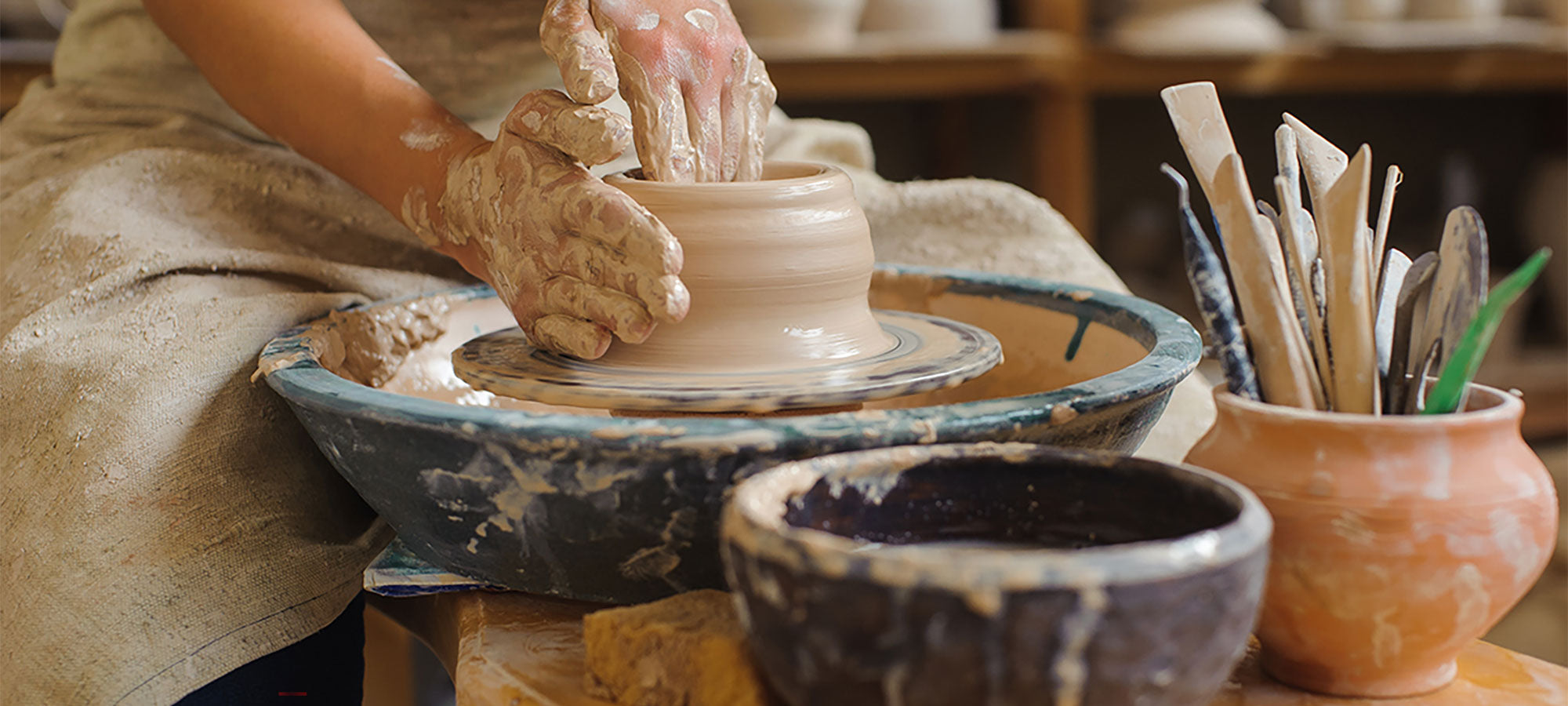When it comes to glazes and their suitability for dinnerware, there are essential factors to keep in mind. Some glazes have been specifically designated as “food safe” or suitable for dinnerware use, provided that you follow the manufacturer’s instructions.
Key Points:
- What is the Metal Release Test?
Glazes labelled “food safe” go through a test, this checks if they release any harmful metals, like lead and cadmium, into your food. Passing this test means that they are safe to use on dinnerware.
- Designated “Food Safe” Glazes:
We do not test our glazes as the Metal Release test is only done on fired work and so it is up to the maker to get their finished pieces tested. We however label some of our glazes “food safe” as they do not contain any lead or cadmium.
- Manufacturer’s Instructions Matter!
The suitability of a glaze for dinnerware is often based on following the manufacturer's instructions. These instructions may encompass aspects like recommended firing temperatures, application techniques, and specific care guidelines.
- Dinnerware-Specific Considerations:
Other considerations should be made when choosing the right glaze for your work. Crackle glazes are not suitable for dinnerware as small cracks can collect mold and bacteria. Dry matt glazes may also cause problems with tea staining when used on cups and mugs and do not have a nice mouth feel.
- Safe Usage Guidelines:
Manufacturers provide detailed guidelines on how to use their glazes for dinnerware safely. Always read the safety labels and material data safety sheets. The MSDS sheets are available on the product page.
- Customization and Creativity:
While adhering to man manufacturer instructions is crucial, you can express your creativity by combining designated “food safe” glazes with diverse pottery techniques to craft unique and functional dinnerware pieces however any additions mixed into the glazes may change the glaze chemistry and effect the surface finish making it no longer “food safe”.
In conclusion:
Choosing glazes designated as “food safe” or suitable for dinnerware is a prudent step towards ensuring the safety and quality of your pottery for culinary use. By heeding the manufacturer’s instructions, you enhance the longevity, appearance, and food safety of your dinnerware pieces. This approach allows you to savour your meals with piece of mind, knowing that your creative efforts align with recommended standards for both aesthetics and safety.

